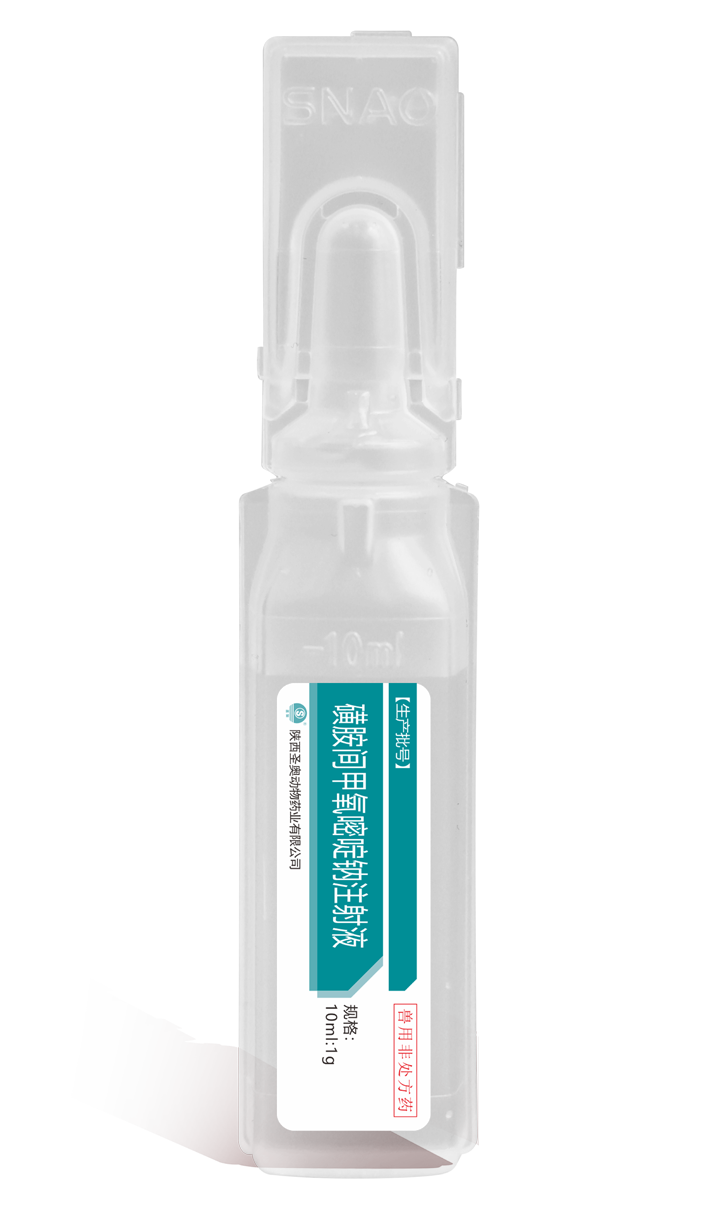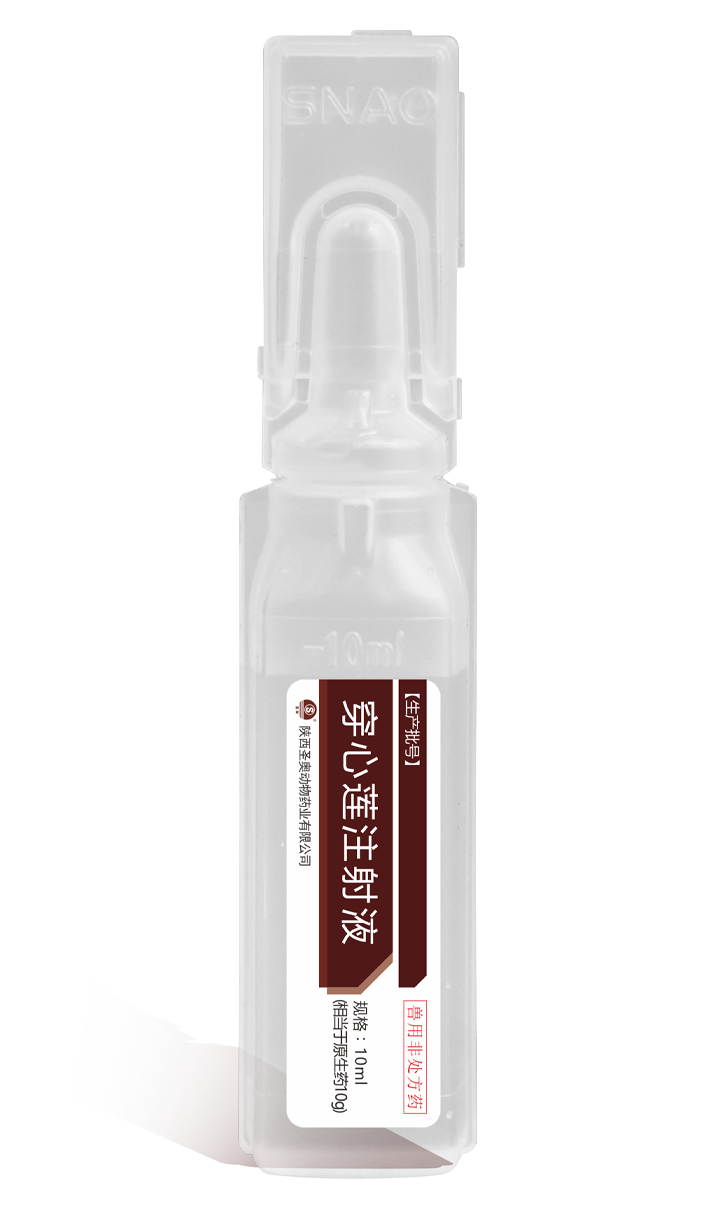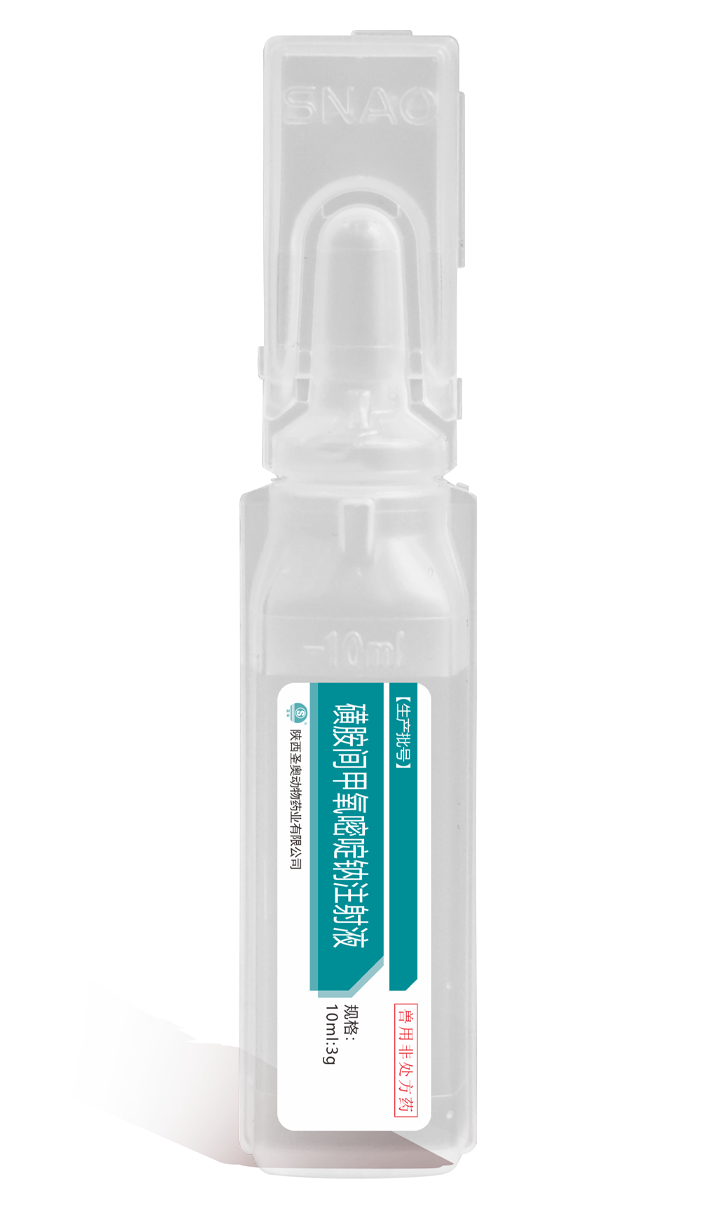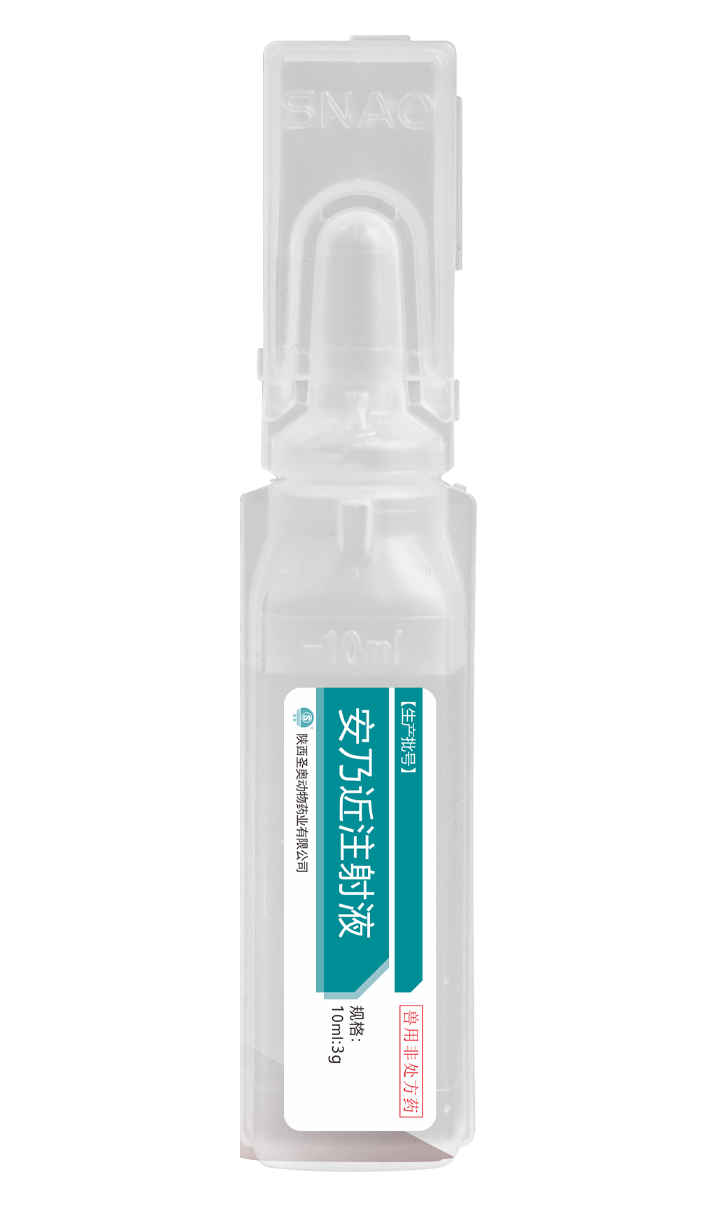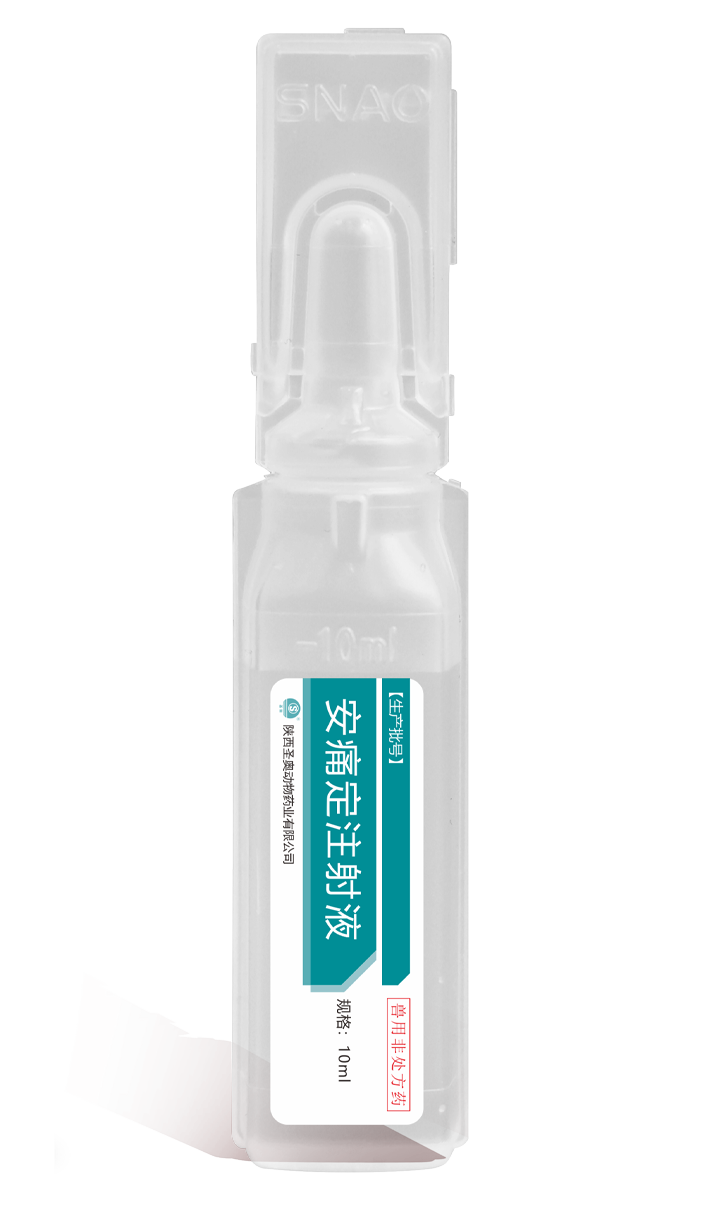
10:2 florfenicol injection
Key words:
Classification:
Detailed Description
[main ingredient] Florfenicol
[properties] this product is colorless to yellowish clear liquid.
[pharmacological action]
Pharmacodynamics florfenicol is a broad-spectrum antibiotic of amide alcohols and an antimicrobial agent. It plays a role by inhibiting the synthesis of bacterial proteins by binding with ribosomal 50S subunit. It has strong antibacterial activity against a variety of Gram-positive bacteria and Gram-negative bacteria. Pasteurella haemolyticus, Pasteurella multocida and Actinobacillus pleuropneumoniae were highly sensitive to florfenicol. The antibacterial activity of florfenicol against many microorganisms in vitro is similar to or stronger than Thiamphenicol. Some bacteria resistant to amide alcohols due to acetylation, such as Escherichia coli and Klebsiella pneumoniae, may still be sensitive to florfenicol. It is mainly used for bacterial diseases of pigs, chickens and fish caused by sensitive bacteria, such as respiratory diseases of cattle and pigs caused by Pasteurella haemolyticus, Pasteurella multocida and Actinobacillus pleuropneumoniae. Typhoid and paratyphoid fever caused by Salmonella, chicken cholera, chicken dysentery, colibacillosis, etc; Bacterial septicemia, enteritis and erythroderma of fish caused by Pasteurella, Vibrio, Staphylococcus aureus, Aeromonas hydrophila and enteritis bacteria.
Pharmacokinetics florfenicol was absorbed rapidly after oral administration, and reached the therapeutic concentration in the blood after about 1 hour, and reached the peak concentration in the blood after 1-3 hours. The bioavailability was more than 80%. Florfenicol is widely distributed in animals and can penetrate the blood-brain barrier. It is mainly discharged from urine in its original form, and a small amount is discharged with feces.
[drug interactions]
(1) Macrolides and lincomylamine have the same action targets as this product, both of which are combined with 50S subunit of bacterial ribosome, and can produce mutual antagonistic effect when combined.
(2) It may antagonize the bactericidal activity of penicillins or aminoglycosides, but it has not been proved in animals.
[function and application] amide alcohol antibiotics. For Pasteurella and Escherichia coli infections.
[usage and dosage] intramuscular injection: once, 0.1ml for chicken and 0.075~0.1ml for pig per 1kg body weight; Once every 48 hours, twice in a row. Fish 0.0025~0.005ml, once a day.
[adverse reaction] this product has certain immunosuppressive effect when it is used at a dose higher than the recommended dose.
[precautions]
(1) Chickens laying eggs for human consumption shall not be used during the laying period.
(2) Be careful with breeders. It has embryotoxicity, and should be used with caution for livestock during pregnancy and lactation.
(3) It is forbidden to use in the vaccination period or animals with severe immune function impairment.
(4) The animals with renal insufficiency should be appropriately reduced or the interval of administration should be extended.
[drug withdrawal period] 14 days for pigs, 28 days for chickens and 375 degrees for fish.
[Specification] 10ml:2g
[package] 10ml × 10 pieces/box
Related Products

Contact Information
Contact Address

Address: Jinghe Xincheng Jingyong Road Middle Industrial Park, Xixian New District, Shaanxi Province




